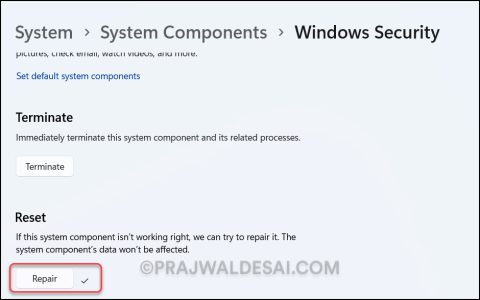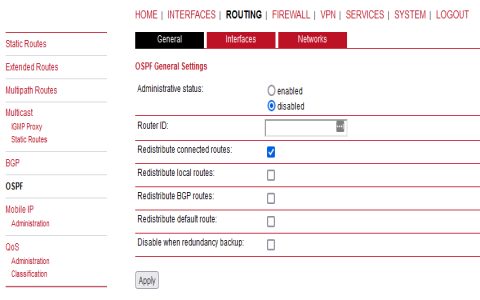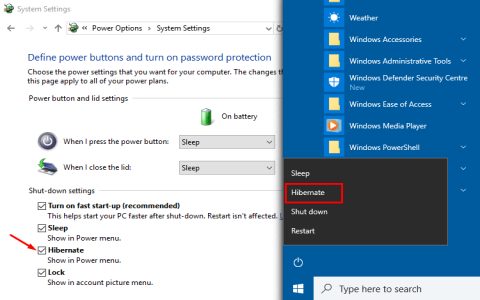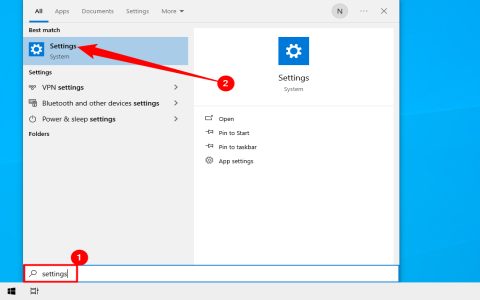The error message "do not support the winlogin service" signals a critical issue, often related to the Windows Logon service (Winlogon) or components interacting with it. This service is fundamental for user authentication and session management. Problems here can prevent system access or cause significant instability.
Common Causes
- Corrupted System Files: Essential files for Winlogon or its dependencies may be damaged or missing.
- Registry Errors: Incorrect configurations or corruption within the Windows Registry, particularly keys related to Winlogon.
- Third-Party Software Conflicts: Recently installed applications, especially security software or system customization tools, might interfere with the logon process.
- Malware Infection: Malicious software can disable or corrupt critical system services, including Winlogon.
- Service Dependency Failures: Winlogon relies on other services (e.g., Remote Procedure Call - RPC). If a dependent service fails to start, Winlogon can be affected.
- Faulty Device Drivers: Incompatible or corrupted drivers, particularly for graphics or storage, can sometimes trigger logon issues.
Troubleshooting Steps
Attempt these steps to resolve the issue. If you cannot boot normally, try accessing Safe Mode or the Windows Recovery Environment (WinRE).
- Boot into Safe Mode: Restart your computer and repeatedly press the F8 key (or Shift + F8) during startup. For Windows 10/11, you might need to interrupt the boot process multiple times to access advanced startup options, then navigate to Troubleshoot > Advanced options > Startup Settings > Restart, and select Safe Mode. If Safe Mode works, the issue is likely caused by a third-party driver or software.
- System File Checker (SFC): Open Command Prompt as an administrator. Type
sfc /scannowand press Enter. This utility will scan for and attempt to repair corrupted Windows system files. - Deployment Image Servicing and Management (DISM): If SFC doesn't resolve the issue, run DISM. In an administrative Command Prompt, type
DISM /Online /Cleanup-Image /RestoreHealthand press Enter. - Check Essential Services: If you can access services (e.g., in Safe Mode, or via WinRE if tools are available), ensure the "Remote Procedure Call (RPC)" service is set to Automatic and is started. The Winlogon service itself is critical and managed by the system; direct manipulation is generally not advised, but ensure its dependencies are functional.
- Registry Verification (Advanced Users Only):
Caution: Incorrect registry modifications can cause serious system damage. Back up your registry before proceeding.

Check the following registry key:
HKEY_LOCAL_MACHINESOFTWAREMicrosoftWindows NTCurrentVersionWinlogon- Ensure the
Shellvalue is typically . - Ensure the
Userinitvalue is typicallyC:Windowssystem32*,(note the trailing comma). - On older systems, a corrupted
GinaDLLvalue could cause issues. Modern systems use Credential Providers.
- Ensure the
- Malware Scan: Perform a full system scan using reputable antivirus software. If you cannot boot normally, use a bootable rescue disk from an antivirus vendor.
- System Restore: If System Restore points are available, revert your system to a state before the error started occurring. This can be accessed via Safe Mode or WinRE (Troubleshoot > Advanced options > System Restore).
- Startup Repair: Access WinRE (Troubleshoot > Advanced options > Startup Repair). This tool can automatically fix certain problems that prevent Windows from starting.
- Uninstall Recent Software/Drivers: If the problem started after installing new software or updating a driver, try uninstalling it, preferably from Safe Mode.
- Consider Windows Reset or Reinstallation: If other troubleshooting steps fail, you may need to reset Windows (keeping files or removing everything) or perform a clean reinstallation. This should be a last resort as it will erase data or applications depending on the option chosen.












